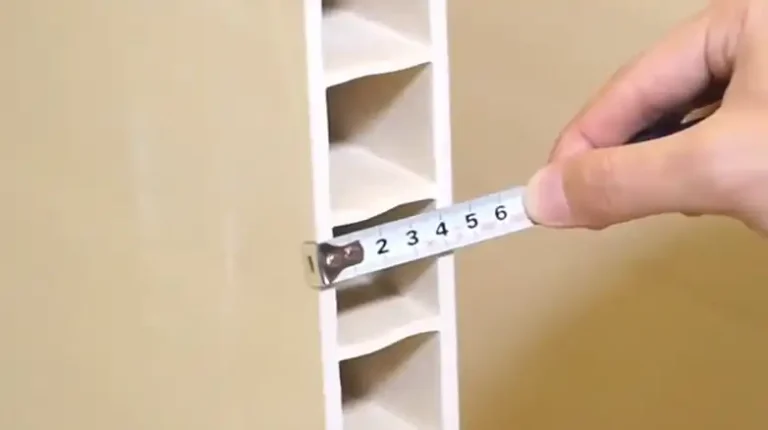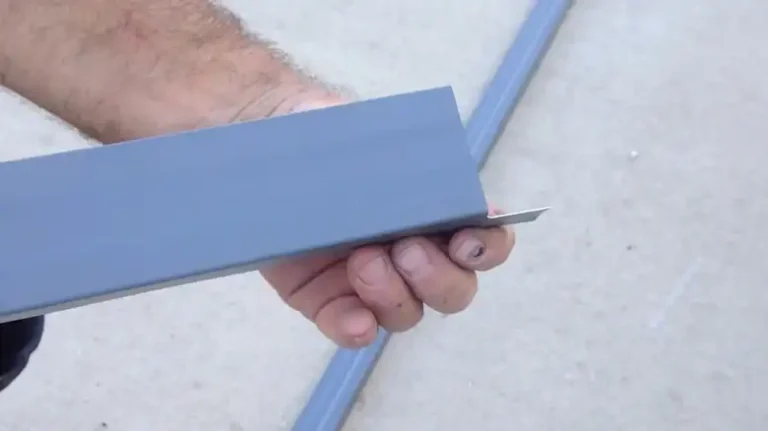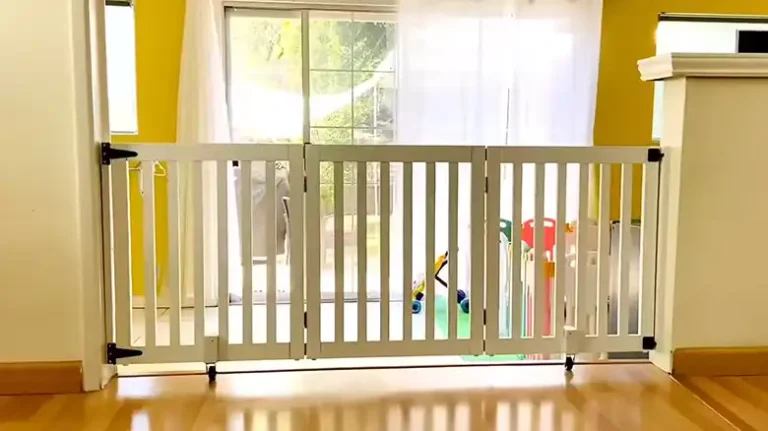Door Is Too Small For Frame? Here’s What You Need To Know
When you’re standing in front of your front door, key in hand, ready to step into your cozy sanctuary. But as you try to turn the key, you’re met with resistance. Your door won’t budge. It’s like trying to fit into your favorite jeans after a hearty Thanksgiving meal – a tight squeeze. You’re not alone in facing this predicament. Many homeowners grapple with doors that seem a tad too small for their frames.
If the door is too small for the frame, you may need to either replace the door with a larger one or add a filler strip to make it fit properly.
In this article, we’ll delve into the challenges posed by doors that don’t quite fit their frames, provide a clear solution, and ensure you walk away with a deeper understanding of this common household issue.

Door Dilemma: Why Is It Too Small for the Frame?
Let’s get to the heart of the matter. Why do some doors appear to shrink within their frames over time? The culprit, my friends, is none other than the ever-changing weather. Your door is like a living, breathing entity, and it reacts to the temperature and humidity fluctuations like the rest of us – sometimes it expands, and sometimes it contracts. When the weather turns humid, wood absorbs moisture and swells, making the door snug within the frame. Conversely, in dry conditions, the wood loses moisture, causing the door to shrink.
So, you’re left with a door that’s like Goldilocks’ porridge – sometimes too tight, and other times too loose. The challenge lies in finding that “just right” fit. But fear not, there’s a solution that doesn’t involve reciting fairy tales to your door.
Solution: Adjusting Your Door’s Size to Fit the Frame
Now, you might be wondering, “What’s the point of having a door if it doesn’t fit its frame properly?” Well, my dear reader, there’s hope. You don’t need to resort to smashing through your door like a superhero every time you want to enter your home. Here’s how to address this issue –
1. Identify the Problem
First things first, determine whether your door is too small for its frame. If it’s sticking in certain weather conditions, that’s a telltale sign.
2. Sanding and Planing
If your door is a bit too snug, you can sand or plane the edges to make it fit better. This DIY approach can save you some bucks and ensure your door glides smoothly.
3. Weatherstripping
Adding weatherstripping around the edges of your door can create a better seal, preventing drafts and making the fit feel just right.
4. Professional Help
If your door-frame love story still isn’t working out, it might be time to call in the experts. A professional carpenter can assess the situation and make the necessary adjustments.
5. Consider a New Door
In some cases, it’s more cost-effective to replace the door entirely, especially if it’s too damaged or worn. This can also be an opportunity to upgrade to a more energy-efficient model.
With these solutions in your toolkit, you can bid adieu to door-frame conflicts and welcome a harmonious entrance into your home.
Why You Shouldn’t Ignore the Issue
You might be tempted to just live with a door that’s a bit too small for its frame, but before you do, consider the consequences. An ill-fitting door can lead to energy wastage, higher utility bills, and an uncomfortable living environment. Drafts and moisture can seep through the gaps, compromising your insulation and potentially causing damage to your home’s interior. So, don’t sweep this issue under the welcome mat – take action to ensure your door serves its purpose effectively.
Conclusion
In the grand scheme of homeownership, dealing with a door that’s too small for its frame is a minor inconvenience. By understanding the root causes and implementing the solutions discussed in this article, you can transform your door from a constant hassle into a seamless entryway to your abode. Remember, it’s all about adapting to the ever-changing conditions, much like life itself. So, go ahead, open that door, and embrace the comfort of your home, knowing you’ve conquered the door-frame conundrum.
If you have any more questions or need further assistance, feel free to leave a comment in the section below. Your input matters, and we’re here to help. Thanks for reading, and may your doors always open with ease!
People Often Ask
Can I use a lubricant to make my door fit better within its frame?
Lubricants can help temporarily ease the movement of a sticky door, but they won’t address the root issue. It’s best to adjust the door’s size or use weatherstripping for a more permanent solution.
Is it normal for my door to become misaligned with its frame over time?
Yes, doors can shift and become misaligned due to settling of the house, temperature changes, and wear and tear. Regular maintenance can help prevent this issue.
How can I tell if my door is causing drafts in my home?
To check for drafts, hold a candle or a piece of tissue near the edges of your door. If it flickers or moves, there’s likely a draft. Weatherstripping or adjusting the door can help resolve this.
Will a new door be more energy-efficient?
It can be. New doors often come with improved insulation and sealing properties, making them more energy-efficient than older, worn doors.
Can I fix a warped door on my own?
Fixing a warped door can be challenging and may require professional assistance. It often involves techniques like rehanging the door or adjusting its frame.
What’s the difference between sanding and planning a door?
Sanding involves smoothing the surface of the door, while planing removes material to reduce its size. Planning is more effective for adjusting the fit within the frame.
![[Explained] Do You Need a Steel Beam for Sliding Doors?](https://doorsuggest.com/wp-content/uploads/2023/09/Do-You-Need-a-Steel-Beam-for-Sliding-Doors-768x431.webp)



![Why Do Doors Need 3 Hinges? [Explained]](https://doorsuggest.com/wp-content/uploads/2023/05/Why-Do-Doors-Need-3-Hinges-768x431.webp)
